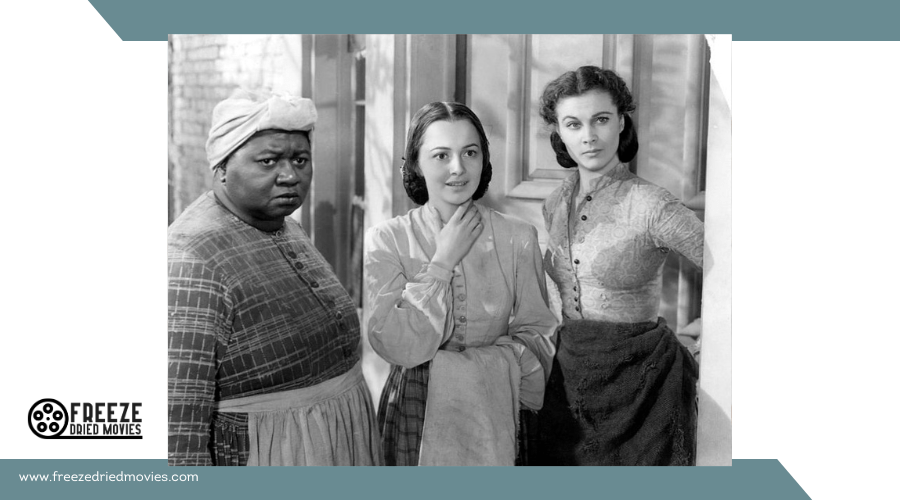The Evolution of Comedy in 1930s Cinema
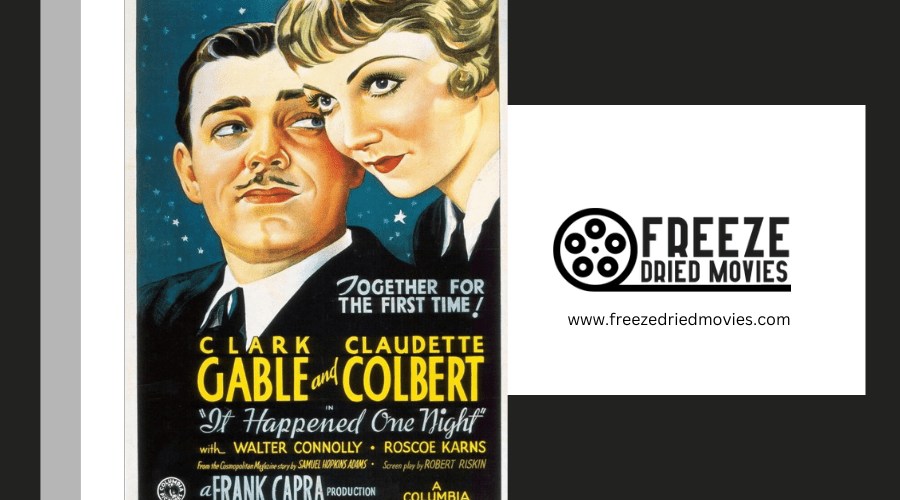
The 1930s marked a significant evolution in cinematic comedy, with the rise of slapstick and screwball genres. Icons like Charlie Chaplin and the Marx Brothers not only elicited laughter but also used humor to critique societal norms. Films such as *It Happened One Night* pioneered the romantic comedy genre, skillfully blending wit and romance. The advent of synchronized sound revolutionized comedic storytelling by enabling more nuanced dialogue. But what made this decade's comedic impact so enduring? Let's explore the factors that shaped this golden age of humor.
Early Comedy Films
The 1930s marked a significant period for early comedy films, with slapstick humor taking center stage. During this time, slapstick comedy, characterized by exaggerated physical humor, became immensely popular. Influential figures like Charlie Chaplin and Buster Keaton, who had already made their mark in early silent films, transitioned seamlessly into talkies. Their genius lay in their ability to combine physical gags with the new sound technology, creating timeless pieces that still resonate today.
Not to be outdone, the Marx Brothers brought their brand of zany humor and political satire to the forefront with films like *Duck Soup* (1933). Their antics provided not only laughter but also a clever critique of societal norms and politics. Meanwhile, Laurel and Hardy maintained the slapstick tradition, delivering laughs through their impeccable timing and physical comedy.
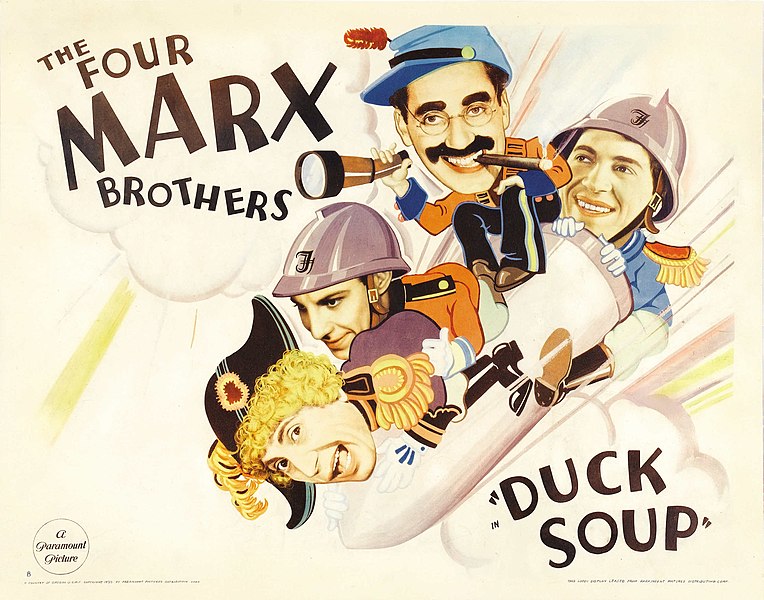
While slapstick ruled, screwball comedies began to emerge, blending witty dialogue and romantic entanglements. During the Great Depression, comedy films provided much-needed escapism and social commentary. Directors like Frank Capra and George Cukor expertly merged humor with social critique, creating character-driven stories that examined themes of love, class struggles, and the American Dream.
Rise of Screwball Comedy
In the early 1930s, while slapstick humor prevailed in cinema, audiences soon became captivated by a new comedic genre that emphasized sharp dialogue and quirky situations: screwball comedy. This genre emerged as a witty response to the Great Depression, featuring strong female leads who challenged traditional gender roles, setting the stage for a comedic battle of the sexes.
Movies like *It Happened One Night* (1934), directed by Frank Capra, not only won five Academy Awards, including Best Picture, but also established many conventions of screwball comedy. The genre's signature fast-paced banter and absurd plot twists are perfectly exemplified in classics like *Bringing Up Baby* (1938) and *His Girl Friday* (1940). These films blended romantic comedy with social satire, using humor to critique class distinctions and the evolving dynamics of relationships during economic hardship.

Key performers such as Cary Grant, Katharine Hepburn, and Rosalind Russell set the standard for future romantic comedies with their impeccable comedic timing and chemistry. Screwball comedies weren't just escapist fun; they cleverly addressed contemporary social issues, making audiences laugh while reflecting on their own lives.
Iconic Comedians of the 1930s
Immerse yourself in the comedic landscape of the 1930s, and you'll find a vibrant array of iconic comedians who left an indelible mark on cinema. The Marx Brothers, renowned for their screwball antics and sharp wit, revolutionized comedy with films like *Duck Soup* (1933), merging political satire with zany humor. Charlie Chaplin, despite the transition from silent films to talkies, continued to captivate audiences with his character "The Tramp," particularly in *Modern Times* (1936), offering a poignant critique of industrial society through his signature slapstick style.
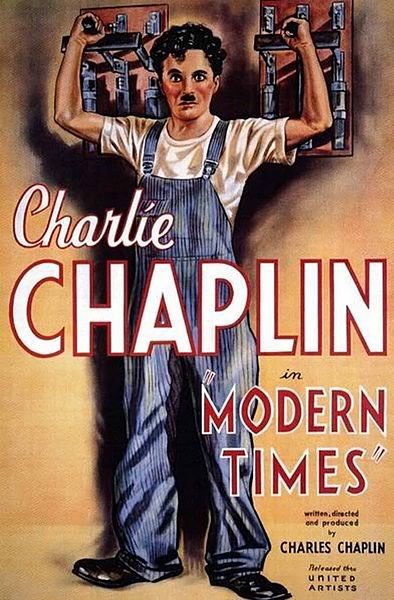
Buster Keaton, celebrated for his deadpan expression and intricate physical comedy, made a lasting impact with classics like *The General* (1926), which continued to influence the comedy of the 1930s. Laurel and Hardy, the endearing duo of Stan Laurel and Oliver Hardy, charmed viewers with their bumbling antics and heartwarming friendship in films such as *Block-Heads* (1938) and *Babes in Toyland* (1934).
Additionally, W.C. Fields brought a unique blend of cynicism and slapstick to the screen. His distinctive voice and persona shone in films like *The Bank Dick* (1940), cementing his comedic legacy, which was firmly established in the 1930s. These comedians defined an era, each contributing uniquely to the evolution of comedy.
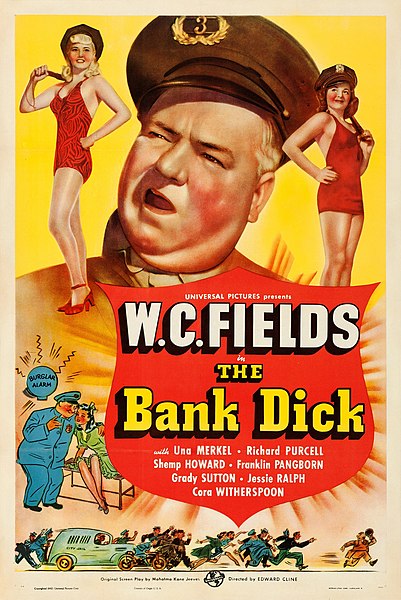
Economic and Technological Shifts
Navigating the comedic landscape of the 1930s reveals how economic and technological shifts profoundly influenced the genre. The Great Depression imposed severe economic hardships, drastically reducing film industry revenues and compelling studios to innovate by producing low-budget films that offered the escapism audiences needed.
Technological advancements were equally transformative. The advent of synchronized sound, or "talkies," revolutionized comedy by transitioning from silent slapstick to dialogue-driven humor. This shift allowed comedians to deliver witty lines and clever banter that resonated with audiences more effectively.
Additionally, improvements in sound recording, playback, and Technicolor developments enhanced the visual and auditory appeal of comedic films, making the viewing experience more engaging and entertaining.
To address economic challenges, studios employed several strategies:
- Double features: Offering two films for the price of one to keep audiences in theaters longer.
- Studio systems: Streamlined production processes for efficient, high-volume output.
- Escapism themes: Lighthearted content to distract from daily struggles.
- Low-budget productions: Ensured continuous film production despite financial constraints.
- Sound and color enhancements: Made films more attractive and enjoyable for viewers.
These shifts were crucial in sustaining the vibrancy of the comedy genre during a challenging decade.
Lasting Impact on Cinema
The 1930s left an indelible mark on cinema, particularly through the evolution of comedy. Screwball films, with their fast-paced dialogue and strong female leads, solidified the genre and set the blueprint for romantic comedies that followed. Their influence is evident in the witty banter and dynamic relationships of contemporary rom-coms.
The Marx Brothers, with classics like *Duck Soup*, infused satire into their comedy, shaping how political and social commentary is integrated into comedic narratives. Their impact is clear in modern films that use humor to tackle serious issues.
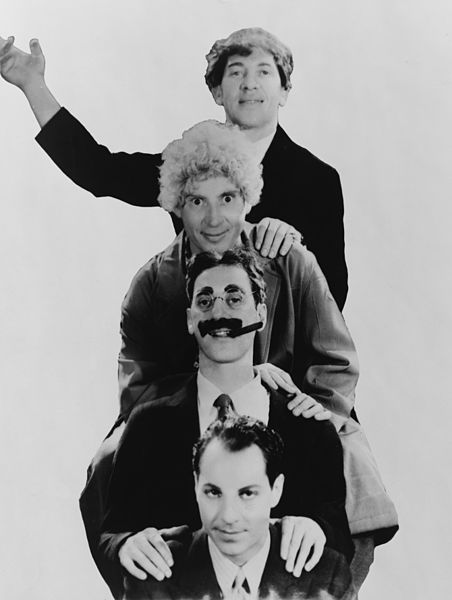
Comedic duos like Laurel and Hardy popularized slapstick humor, paving the way for future partnerships and styles in cinema. Their physical comedy and impeccable timing remain influential, evident in the works of later comedians and filmmakers.
Moreover, the integration of musical elements into 1930s comedies laid the groundwork for the musical genre's evolution. By blending humor with performance, these films created a template expanded upon in later decades.
The themes explored in 1930s comedies, such as social class and the American Dream, resonated deeply with audiences and have continued to influence storytelling techniques, ensuring their lasting impact on cinema.




